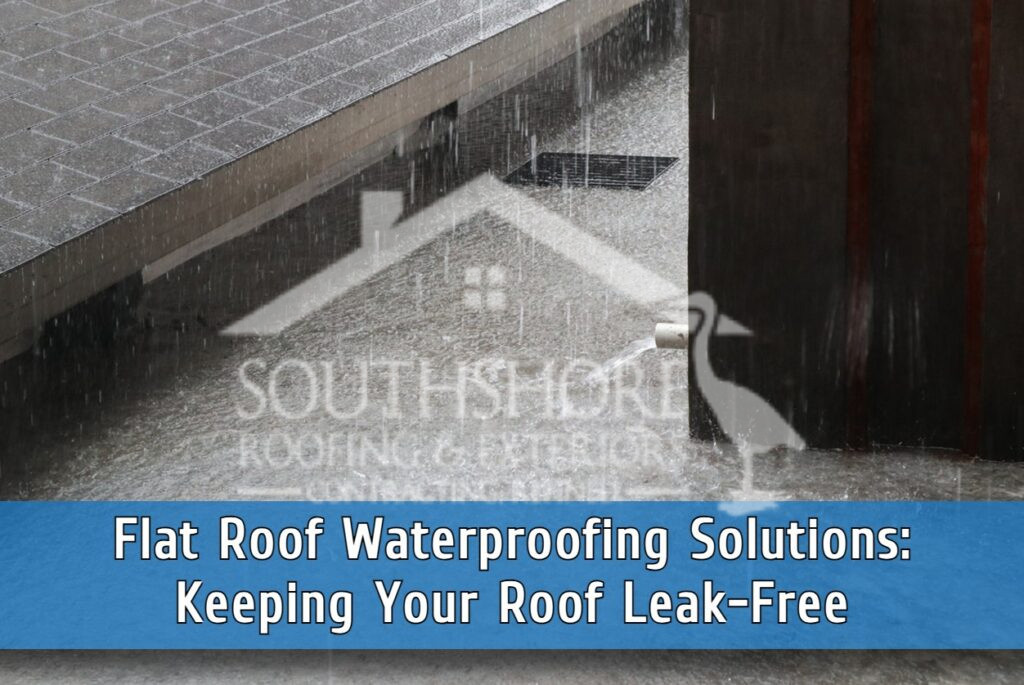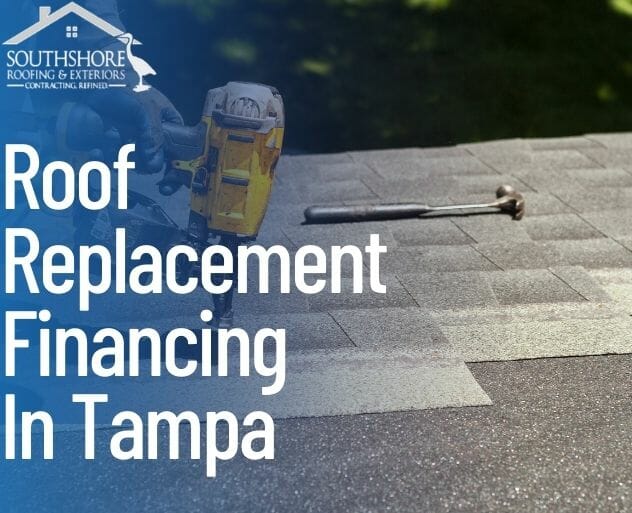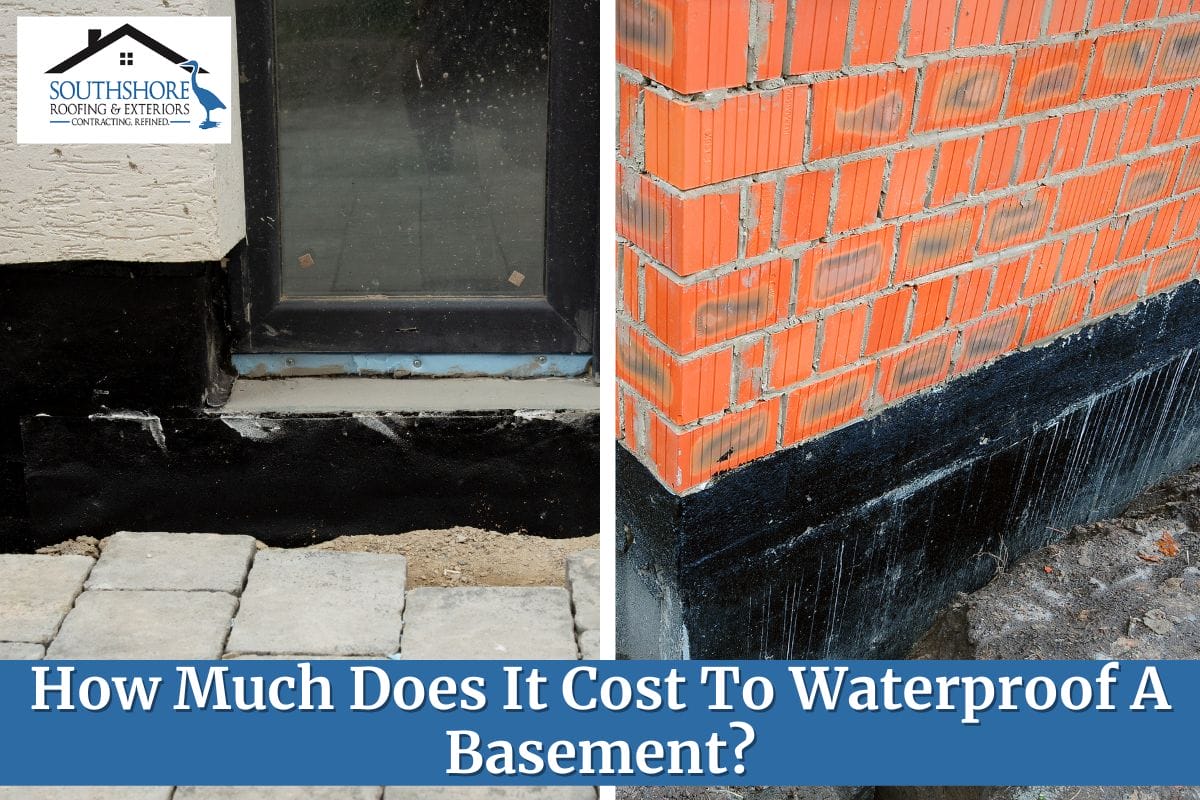Flat Roof Waterproofing Solutions: Keeping Your Roof Leak-Free

Waterproofing a flat roof is a critical concern for homeowners and commercial property managers alike, especially in areas prone to heavy rainfall. Without proper sealing and treatment, flat roofs are susceptible to leaks and water damage, which can lead to costly repairs and structural issues. This article aims to guide you through the latest and most effective flat roof waterproofing techniques, ensuring your property remains dry and secure.
This article will explore a variety of flat roof waterproofing products designed to offer the best protection against the elements. From traditional methods to modern innovations, each technique offers unique advantages tailored to different needs and budgets. Whether you’re dealing with minor flat roof leak repairs or looking for comprehensive commercial flat roof waterproofing solutions, understanding the right methods and materials is key to a successful waterproofing strategy.
By the end, you’ll have a clearer understanding of the various flat roof sealing methods available, helping you make informed decisions to protect your investment. Stay with us as we dive into the essentials of keeping your flat roof watertight and functional year-round.
Understanding Flat Roof Materials and Their Impact on Waterproofing
Flat roofs, common on both residential and commercial properties, especially in areas like Tampa, FL, require specific materials that play a crucial role in waterproofing. The choice of material not only affects the roof’s durability but also its effectiveness in preventing water ingress.
Common materials used in flat roofing include bitumen, PVC, EPDM, and TPO. Each of these materials has distinct properties that influence the flat roof waterproofing techniques employed. For instance, bitumen, often used in built-up roofs, offers excellent waterproofing capabilities when layered with gravel, making it a popular choice for many older commercial buildings. PVC and TPO, both types of thermoplastic membranes, provide strong resistance to UV rays and chemical exposure, making them suitable for areas with harsh weather conditions. Understanding how these materials interact with various flat roof waterproofing products is essential. For example, EPDM rubber is compatible with liquid waterproofing membranes which can extend its lifespan by ensuring a seamless barrier against moisture. The best waterproofing for flat roofs often involves a combination of high-quality materials and professional installation techniques.
Choosing the right flat roof sealing methods, such as torch-on sealing for bitumen or fully adhered systems for PVC and TPO, depends largely on the material’s characteristics and the specific environmental demands of the location. Regular maintenance and timely flat roof leak repair are also crucial to prevent minor issues from becoming major problems.
For those managing commercial properties, investing in robust commercial flat roof waterproofing systems can prevent significant financial loss due to water damage. It’s advisable to consult with a roofing expert to understand which materials and techniques are best suited for your property’s needs.
Common Waterproofing Products for Flat Roofs
For commercial building owners in Tampa, FL, investing in waterproof coatings for flat roofs is crucial due to the region’s heavy rainfall and humidity. When it comes to flat roof waterproofing, selecting the right products can ensure long-lasting protection against leaks. There are several effective materials commonly used in the industry, each with advantages and disadvantages.
Liquid waterproofing membranes, like silicone and acrylic, offer flexibility and easy application, making them ideal for roofs with complex shapes. However, they may require more frequent reapplication. Bituminous coatings are durable and provide excellent protection against water, but they can be more labor-intensive to apply and may not be as environmentally friendly. Polyurethane liquid membranes are highly resistant to weathering and wear, offering long-lasting protection, but they can be more expensive.
By applying these coatings, commercial property owners can extend the life of their roofs, prevent costly water damage, and maintain a comfortable, dry environment for their operations. Understanding these pros and cons is essential for anyone considering flat roof waterproofing techniques. The best waterproofing for flat roofs will depend on your specific needs, such as budget, climate, and building usage. Engaging with a qualified roofing contractor who understands local conditions and standards, especially in regions like Tampa, FL, can help in making the right choice for your property.
Step-by-Step Guide to Applying Waterproof Coatings on Flat Roofs
Applying waterproofing sealants on your flat roof is a crucial step to prevent leaks and extend its lifespan, particularly in regions known for unpredictable weather like Tampa, FL. Here’s a detailed guide on how to properly prepare your roof and apply the waterproofing layers effectively.
Preparing the Roof Surface
Before applying any flat roof waterproofing products, it is essential to prepare the surface thoroughly. Start by cleaning the roof to remove any debris, dust, or existing moisture. Inspect the roof for any signs of damage or wear, such as cracks or blisters. These should be repaired promptly using flat roof leak repair techniques to ensure a smooth base for the waterproofing material. It’s also important to check and clean the drainage system to prevent water accumulation.
Detailed Application Techniques of Waterproofing Layers
Once the surface is prepped, you can begin applying the waterproofing layers. Start with a primer if recommended by the manufacturer of your waterproofing product. This enhances the adhesion of the waterproofing material to the roof surface. Following the primer, apply the base layer of your chosen waterproofing material. As mentioned above, popular options in Tampa include liquid waterproofing membranes, bituminous coatings, or polyurethane liquid membranes.
For best results, use a roller or sprayer for an even application, ensuring all areas are covered, including seams and edges where leaks are most likely to occur. Allow the base layer to dry completely according to the product specifications before applying additional layers if necessary. Each layer should be applied perpendicular to the previous one to enhance the waterproofing effectiveness.
Finally, ensure the application is consistent and covers all areas thoroughly. Regular maintenance checks are recommended to assess the effectiveness of the waterproofing and make any necessary adjustments or repairs.
Professional Tips on Maintaining Your Waterproofing Coating
Maintaining the integrity of waterproofing membranes on a flat roof is essential to prevent leaks and extend the life of the roof. Regular maintenance and timely inspections can save significant costs related to water damage, especially in regions prone to heavy rain like Tampa, FL.
To ensure that your flat roof remains in optimal condition, it is crucial to perform routine maintenance checks. This involves clearing debris and standing water, inspecting for punctures or tears, and making sure that drainage systems are unobstructed.
Regular inspections are key in identifying potential waterproofing failures. Look for signs of aging or damage such as blistering, cracking, or uplift. Early detection of these issues allows for timely flat roof leak repair, which is less costly compared to major repairs.
For commercial properties, it’s advisable to schedule professional inspections periodically. Professionals can offer expert advice on the best waterproofing for flat roofs and implement advanced commercial flat roof waterproofing solutions that might be too complex for casual upkeep.
By adhering to these professional tips, property owners can significantly enhance the longevity and effectiveness of their roof’s waterproofing system, safeguarding their investment against severe weather conditions.
Choosing the Right Waterproofing Service in Tampa, FL
When selecting a roofing contractor for flat roof waterproofing in Tampa, FL, several factors must be considered to ensure effective and durable results. The integrity of your flat roof largely depends on the expertise and quality of service provided by the roofing professional. Here are key aspects to consider when choosing a contractor for your waterproofing needs.
First, verify the contractor’s licensing and insurance to ensure they are qualified and covered for roofing work in Florida. Experience in flat roof waterproofing is crucial as it requires specific skills and knowledge of the best waterproofing for flat roofs. Ask for references or case studies of previous projects similar to yours. This will provide insight into their capability and the quality of work you can expect.
Local expertise is also vital in Tampa, FL, due to the unique climate and weather conditions. A local contractor will be familiar with the environmental factors that influence flat roof performance in the area. They can recommend the most suitable flat roof waterproofing products and sealing methods that offer resilience against Tampa’s heavy rains and hot sun.
Communication and transparency are important as well. Ensure that the contractor is willing to discuss every step of the process and is transparent about costs. A reliable contractor should provide a detailed estimate and timeline for the project.
Choosing the right roofing contractor with local expertise and a solid track record ensures that your flat roof waterproofing is executed effectively, protecting your property from potential water damage and extending the life of your roof.
Expert Flat Roof Waterproofing Services in Tampa, FL
Ensure your flat roof stays leak-free with SouthShore Roofing & Exteriors. Our industry-leading waterproofing techniques and materials guarantee long-lasting protection for your property. Contact us at (813) 400-3329 to schedule a consultation and secure your roof’s integrity today.





